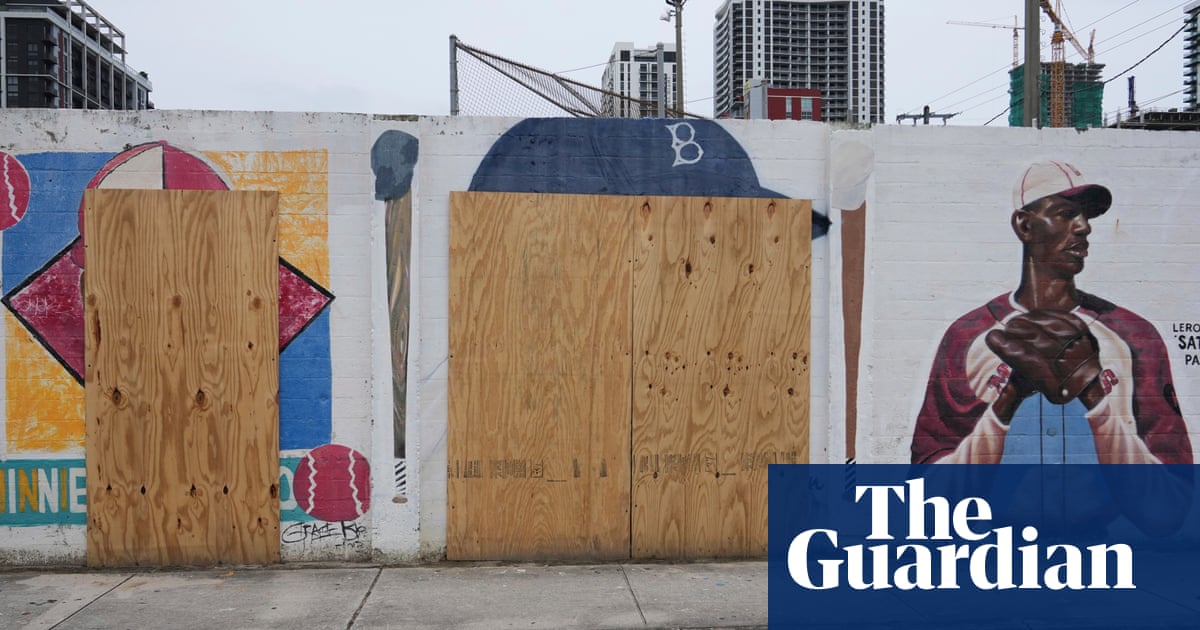The recent news about the defacement of Jackie Robinson's mural in Miami has sparked significant public concern and outrage. This incident, which involved the painting of swastikas and racial slurs over the murals honoring baseball legends, is being treated as a hate crime. The response from the community, local leaders, and the artist who created the mural reflects a commitment to resilience and the importance of preserving cultural history.
Community Response and Resilience
Kyle Holbrook, the mural's artist, emphasized the importance of the mural as a symbol of community pride and history. His commitment to restoring the mural with even greater purpose highlights a collective determination to confront hatred with unity. This response serves to rally the community around shared values and pride in their history, reinforcing the idea that acts of hate will not define them.
Political Reaction
Political figures, such as U.S. Representative Sheila Cherfilus-McCormick, have labeled the vandalism as a "vile act of hatred," framing it within a broader context of societal division and fear. By categorizing the act as a hate crime, it aligns with ongoing discussions about racism and inequality in the United States. This framing can galvanize community action and political support against hate-driven incidents.
Historical Context
The article highlights the historical significance of Jackie Robinson and Minnie Minoso, who broke barriers in Major League Baseball. Their stories are not just sports history; they are integral to American history, particularly in the context of civil rights and racial equality. This connection reinforces the notion that attacks on their legacy are attacks on the broader struggle for equality.
Manipulation and Public Perception
This news piece could be seen as a way to manipulate public perception by focusing on the emotional response to hate crimes. By showcasing the mural's significance, the report may aim to evoke a strong emotional reaction from readers, fostering a sense of urgency to combat racism. The language used in the article conveys a strong moral stance against hate, which may influence how the public perceives similar incidents in the future.
Potential Societal Impact
The defacement of the mural could lead to increased activism and community engagement surrounding racial issues. It may also prompt discussions on funding for public art and historical preservation. The incident highlights ongoing tensions related to race in America, which could have implications for political campaigns and social movements.
Target Audience
The article appeals to communities that prioritize racial equality, social justice, and historical preservation. It resonates particularly with those who have a vested interest in combating hate and fostering a culture of inclusivity.
Economic and Market Implications
While the direct impact on stock markets may be minimal, companies that are vocal against hate crimes or that invest in community relations may see positive responses from consumers. Furthermore, businesses involved in public art or cultural initiatives might gain visibility or support as a result of this incident.
This article reflects significant societal themes that resonate with current events related to racial inequality and social justice. The way the story is presented underscores the importance of community resilience and the ongoing struggle against hate.
